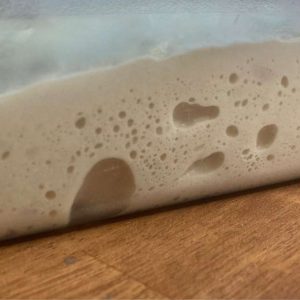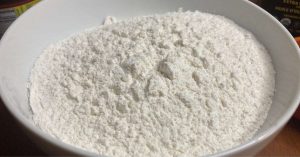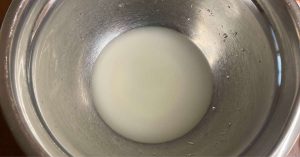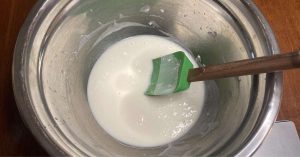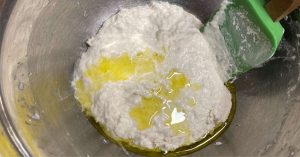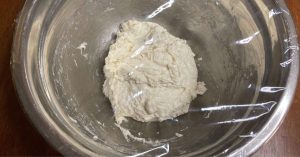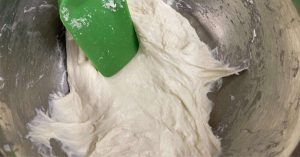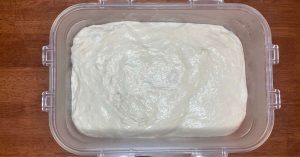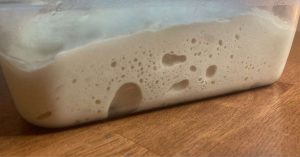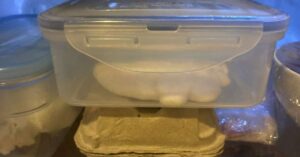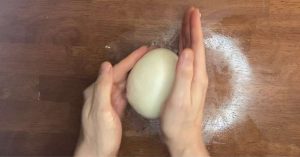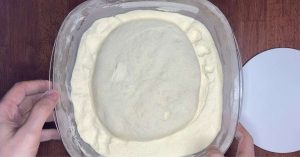Measure out the flour and salt, mix them together, and set them aside in a bowl for later.
Add the water, yeast, and honey to a large mixing bowl. Stir until the yeast and honey have been completely absorbed into the water.
Add (roughly) half of the flour/salt mixture to the water and mix thoroughly with a stiff spatula. It's easiest to add the flour gradually and mix as you go.
When half the flour has been added, add olive oil to the dough. Mix until all of the olive oil has been incorporated into the dough.
Add the rest of the flour/salt to the mixing bowl and mix until all of the dry ingredients have been hydrated. After a short time, you should be left with a wet, lumpy blob of dough. Cover up the bowl with plastic wrap (or a wet towel) and let it sit for 30 minutes.
After 30 minutes, give the dough another quick mix with a stiff spatula. You should notice that the dough is substantially smoother and less sticky than it was before. This is because a network of gluten is beginning to form.
The dough is now ready to rest and ferment overnight. Cover the mixing bowl back up and let it sit at room temperature for 12-16 hours. Feel free to transfer the dough to a resealable container for convenience if you prefer, like I've done here.
Note: If you live in a hot climate, find a cool spot in your house to leave it so it doesn't overgrow.
The following morning, the dough should have expanded noticeably in its container.
See the air bubbles in the plastic container in the attached picture: this is proof of fermentation taking place.
At this point, you can place the dough in the fridge to slow the fermentation process down. Leave it in the fridge until approximately 3 hours before you're ready to make the pizza.
3 hours before you're ready to start making the pizza, take the dough out of the fridge and divide it into individual pieces (250 grams in the case of this recipe). Form each piece into a tight ball and place it into a lightly oiled container for proofing.
This step is absolutely crucial to making a proper pizza crust, so if you need help watch the instructional videos and posts I've linked to above.
Approximately 3 hours later, drop the proofed dough ball into a semolina flour bath and begin shaping it by hand.
If you need instructions on how to shape a pizza dough ball into a pizza crust, follow the link above to my tutorial videos.
Top and bake the pizza on a hot pizza steel. Enjoy!
